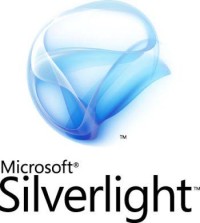I am a great fan of Silverlight. I have never liked 1.0, but when version 2.0 was released I was amazed. I created a few solitaire games. Now I decided to create a new game and to describe the problems I have encountered to you. First I decided to write an article about creating a Silverlight application for Facebook. But subsequently I decided to divide the article in two parts – creating a Silverlight application, which is a game in this occasion, and integrating it in Facebook.
I am going to create a game, called Cows & Bulls. You play that game for time. It supports a list of all players and their time. Continue Reading…
 In
In